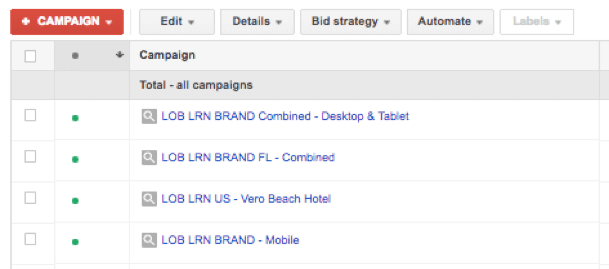
It’s no secret that mobile continues to grow in influence across all industries, especially the travel space. Effective marketing has always been contingent on showing high quality and relevant content to your customers where they are — and today, consumers are on their mobile phones more than ever.
With this increase in mobile technology use and connectivity, we have come to realize that smartphones are much more than portable computers and that marketing with them requires a separate strategy.
How should I decipher that separate strategy, you ask? The team at Screen Pilot recommends these four helpful steps to get you started:
- Mobile-Only Campaigns
- Mobile Exclusive Offers
- Adwords Attribution Modeling
- Mobile Site Optimizations
Mobile Only Campaigns
To start, we do not believe that segmented mobile campaigns are suitable for all. It can lead to unnecessary clutter in setup, especially for properties with smaller budgets where spend (and ultimately impression share) isn’t great enough to confidently justify a need for separate campaigns.
However, for significant budgets where we see larger differences in performance by device types specifically, campaign segmentation can be especially useful – both operationally and strategically. Separate campaigns provide you with the ability to control budgets by device type, create mobile-specific ad copy and ad extensions, and send these users to (hopefully!) mobile-optimized landing pages. In some cases, we also notice keyword performance differing by device type, especially unbranded keywords (e.g. “best hotels in Denver”). In those scenarios, having separate keyword lists provides greater bid flexibility that bid modifiers in combined device campaigns can not.

Example of a Google Adwords Account With Mobile-Only Campaign
Mobile Campaign Case Study – Cheyenne Mountain Colorado Springs, A Dolce Resort
In February 2017, one of our partners presented us with the task of improving year-over-year mobile performance for branded search efforts in Google PPC. While desktop performance was continually on the rise in this channel, returns from mobile devices were identified as key areas of improvement for the property.




